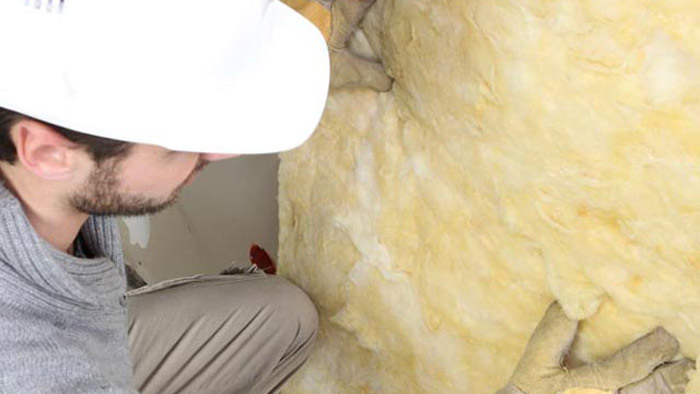Did you know that your windows, attic, and basement are all major sources of heat loss? With winter just around the corner, more and more homeowners are concerned with saving money on heating bills. Thankfully, there are things you can do as a homeowner to improve energy efficiency.
Caulk around Windows
Check your window frame for leaks. If you notice there are gaps less than a quarter of an inch, you’ll want to pick up some window caulking products.
Only apply caulk between window elements that are stationary. That way, you’ll still be able to open your windows when the weather warms up.
If you need to fill a crack or gap that involves a moving element, we recommend using weather stripping. For example, many homeowners install weather stripping on the bottoms of their front doors to seal gaps. If you suspect you have a drafty window, be sure to feel where the leaks are coming from so you can stop cold air from seeping into your home.
Insulate Your Attic, Basement, or Crawlspace
It’s a good idea to install fiberglass batt insulation or other types of insulation in your home before the snow flies. Since heat rises, it’s not uncommon for homeowners to lose heat through their attics. The upward movement of air is also enough to pull cold air from your basement or crawlspace.
Home insulation stops heat from escaping outside so you won’t have to crank up your thermostat. Likewise, home insulation keeps you cool in the summer because it prevents air-conditioned air from escaping.
Since there are different types of insulation, you may want to give us a call before making a final decision. After all, you want to choose the products that will best insulate your home against the winter chill. Basement and attic insulation are always good investments.
Read more: How insulation protects your roof from winter weather >>
Check Electrical Outlets for Drafts
While this may seem weird, it’s not uncommon for cold air to seep through switches and outlets on exterior walls. We recommend using a foam gasket to insulate electrical outlets. While this is a simple DIY job, you’ll want to make sure you shut off the circuit breaker to avoid electric shock. If you still notice a draft around electrical outlets, you may want to consider sealing gaps around the wall plate with caulk.
Install Weather Stripping on Front Door
You should never be able to see daylight underneath your front door. A gap underneath the front door could be a major source of heat loss. It’s important to fix drafts in your home so that you can save money on energy bills. Otherwise, you will have to run your furnace longer to compensate for the draft underneath your door. Installing weather stripping is a simple DIY job when you pick up the right supplies.
Use Your Curtains
Do you have large windows in your home? If so, you may want to keep the curtains closed as an extra barrier against the cold when the temperature drops at night. Likewise, you can keep your curtains open during the day to let in any sunlight. The sun’s rays will help gradually heat your room so it’s not as chilly in your home.
Move Your Couch
Make sure that your couch isn’t blocking the radiator vents. Otherwise, all that lovely heated air will be trapped behind your furniture. Instead, you want to make sure that there is plenty of space so the heat from the radiator can disperse through the rest of the room.
Call Eikenhout to Learn More
Eikenhout is a building supply company that is dedicated to helping homeowners and contractors find high-quality building products for their next project. If you are interested in our inventory of residential and commercial building supplies, please feel free to call any of our nine Michigan locations.

